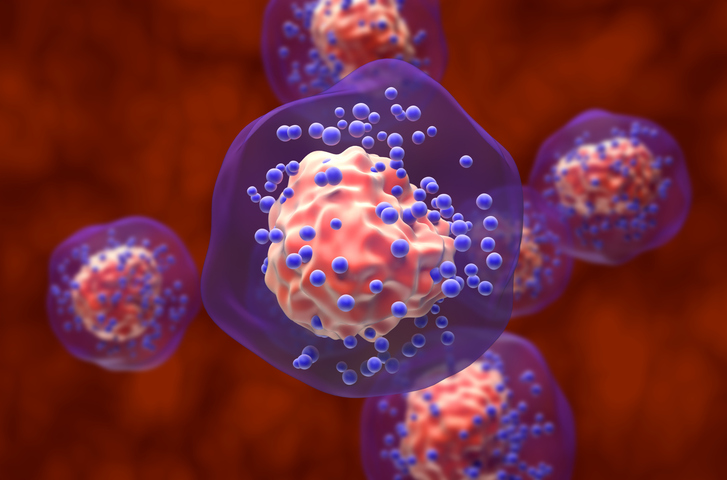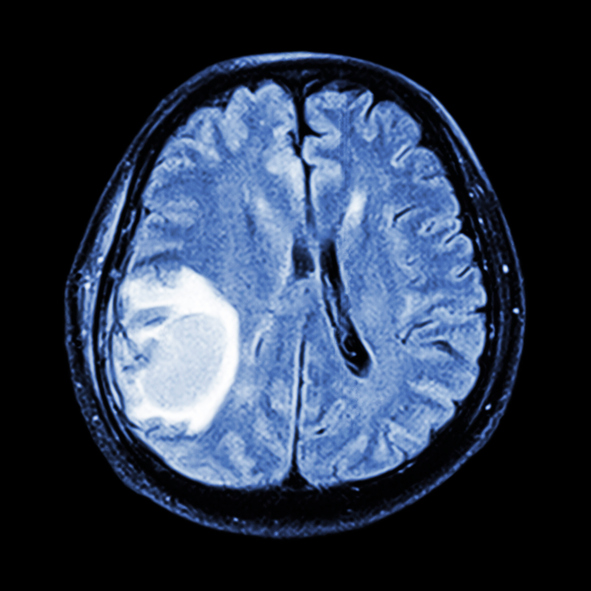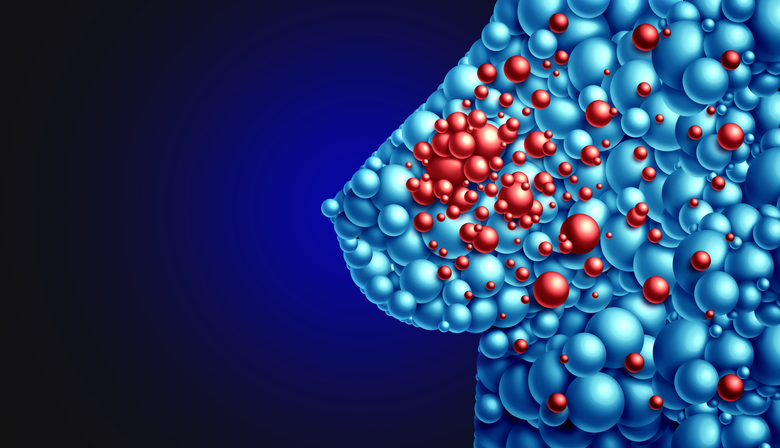
Researchers sought to assess the rate of axillary pathologic complete response (pCR) in triple-negative breast cancer patients. The study findings were presented at the 2024 San Antonio Breast Cancer Symposium.
This systematic review involved a query of PubMed, Embase, and Web of Science databases. In total, the investigators analyzed 180 studies composed of 7,206 patients. The researchers analyzed pathologic complete response (pCR), which was defined as the absence of invasive disease in the breast and axilla, with or without residual in situ disease after neoadjuvant chemotherapy (ypT0/ypTis/ypN0).
The findings showed that axillary pCR rates were consistently higher than mammary pCR rates across the studies. The researchers found that the rate of axillary pCR was higher than the rate of mammary pCR; in one of them, the rate was similar. They noted that in none of the studies was the mammary response rate higher than the axillary. The overall rates of pCR were 33.4% in the breast (ranging from 19 to 48%), 49.3% in the axilla (ranging from 25 to 92%), and 26.9% (ranging from 14 to 38%) for both sites combined in the triple-negative population.
“Despite high chemosensitivity in triple-negative breast cancer, rates of mammary pCR are consistently lower than the rates of axillary pCR. Factors beyond tumor subtype likely influence response patterns, indicating the need for further research to identify predictive biomarkers and optimize treatment strategies,” the researchers concluded.
Reference
Kim J, Park K, Shin J, et al. Spatial transcriptomic analysis for tumor infiltrating immune microenvironment modulation by neoadjuvant pembrolizumab with chemotherapy for patients with triple negative breast cancer. Abstract #SESS-1044. Presented at the 2024 San Antonio Breast Cancer Symposium; December 10-13, San Antonio, Texas.







 © 2025 Mashup Media, LLC, a Formedics Property. All Rights Reserved.
© 2025 Mashup Media, LLC, a Formedics Property. All Rights Reserved.